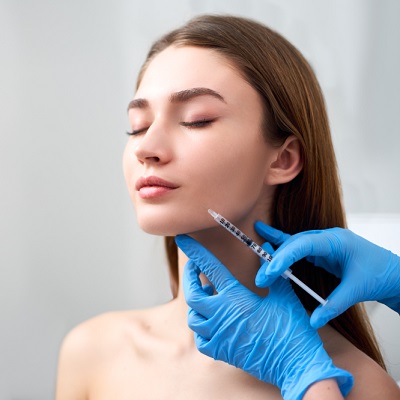Introduction
Jawline fillers have surged in popularity as more individuals seek to enhance their facial contours, boost their confidence, and achieve a more defined look. If you’re considering your first Jawline Fillers treatment, understanding the preparation process is essential for a successful experience. This article will guide you through everything you need to know, from choosing a qualified practitioner to post-treatment care.
Understanding Jawline Fillers
Jawline fillers are injectable substances used to add volume, shape, and definition to the jawline and lower face. The most common types of fillers used for this procedure are hyaluronic acid-based products, which are known for their safety and natural-looking results. The treatment can enhance the jawline's symmetry, improve facial proportions, and even reduce the appearance of jowls.
Benefits of Jawline Fillers
- Enhanced Definition: Fillers can create a more sculpted jawline, giving a more youthful appearance.
- Non-Surgical: This treatment is minimally invasive and usually requires no downtime, making it an attractive option for many individuals.
- Customizable Results: Practitioners can tailor the treatment to your unique facial structure and desired outcomes.
Steps to Prepare for Your Jawline Filler Treatment
1. Research Qualified Practitioners
Before booking your treatment, it's crucial to find a qualified and experienced practitioner. Here are some tips for finding the right professional:
- Credentials: Look for board-certified dermatologists or plastic surgeons with a specialization in cosmetic injectables.
- Reviews and Recommendations: Check online reviews and seek recommendations from friends or family who have had similar treatments.
- Consultation: Schedule a consultation to discuss your goals, ask questions, and assess the practitioner’s expertise and approach.
2. Understand the Procedure
During your consultation, ensure you understand the treatment process:
- Types of Fillers: Ask about the types of fillers available and which might be best for you.
- Procedure Duration: Inquire about how long the procedure will take and what to expect during the session.
- Expected Results: Discuss realistic expectations regarding the outcomes and longevity of the fillers.
3. Discuss Your Medical History
Be open about your medical history during your consultation:
- Allergies: Inform your practitioner about any allergies, especially to medications or substances.
- Medications: Provide a list of all medications and supplements you are currently taking, as some may interfere with the treatment.
- Previous Treatments: Share information about any previous cosmetic treatments or surgeries you’ve had.
4. Prepare for Pre-Treatment Instructions
Your practitioner will likely provide specific pre-treatment instructions to ensure the best results. Common recommendations include:
- Avoid Blood Thinners: Refrain from taking blood thinners (like aspirin, ibuprofen, and certain supplements like fish oil) at least a week before your treatment. This can reduce the risk of bruising.
- Limit Alcohol: Avoid alcohol consumption 24 hours before your appointment, as it can also increase the risk of bruising.
- Stay Hydrated: Drink plenty of water in the days leading up to your treatment to help your skin look its best.
5. Plan for Aftercare
Preparing for aftercare is just as important as the treatment itself. Here are some essential aftercare tips:
- Recovery Time: While many people resume normal activities immediately after the treatment, consider setting aside time for recovery, especially if you're prone to bruising.
- Avoid Touching: Do not touch or massage the treated area for at least 24 hours to prevent displacement of the filler.
- Ice Packs: Use ice packs on the treated area to reduce swelling and discomfort.
- Follow-Up Appointment: Schedule a follow-up appointment to assess your results and discuss any concerns.
What to Expect During and After the Treatment
During the Treatment
The procedure typically takes about 30 to 60 minutes. Your practitioner will cleanse the area, apply a topical anesthetic, and inject the filler using a fine needle. You may experience slight discomfort, but most fillers contain lidocaine to minimize pain.
After the Treatment
Post-treatment effects may include swelling, redness, or tenderness at the injection sites. These effects usually subside within a few days. The final results can be seen within two weeks as any swelling decreases, revealing a more defined jawline.
Conclusion
Preparing for your first jawline filler treatment involves careful consideration, research, and adherence to pre- and post-treatment guidelines. By selecting a qualified practitioner, understanding the procedure, and following appropriate instructions, you can enhance your chances of achieving satisfying results. Remember, the key to a successful treatment lies not just in the procedure itself but also in the preparation and care you invest in the process. Enjoy the journey towards your new look with confidence!





Comments